Seven states report “very high” COVID-19 levels in wastewater. California’s levels match last winter’s peak for the first time.
Wastewater surveillance provides early warning of community spread. This method detected COVID-19 increases 4-10 days before clinical case reports in previous waves.
Los Angeles County Experiences Significant Increase
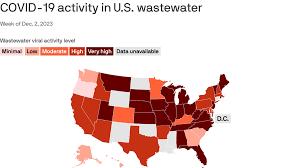
L.A. County’s wastewater COVID levels reach 27% of winter peak. Daily average cases rose from 215 to 307 in early July.
The county, with over 10 million residents, serves as a bellwether. Historical data shows L.A. County often predicts national trends.
FLiRT Variants Drive New COVID Wave
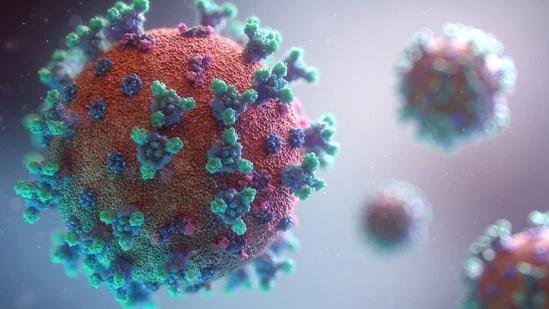
Two new variants, collectively called FLiRT, cause over 50% of new cases. These variants show high transmissibility but not increased severity.
FLiRT variants evolved from XBB lineages, first detected in January 2023. Variant surveillance helps predict vaccine efficacy and potential surge patterns.
Vaccination Rates Lag Among Seniors

Only 36% of California seniors received updated COVID vaccinations. The CDC recommends vaccinations for everyone 6 months and older.
Seniors face higher risk of severe COVID-19 outcomes. Historical data shows vaccination significantly reduces hospitalization and death rates.
Testing Recommendations for New Variants
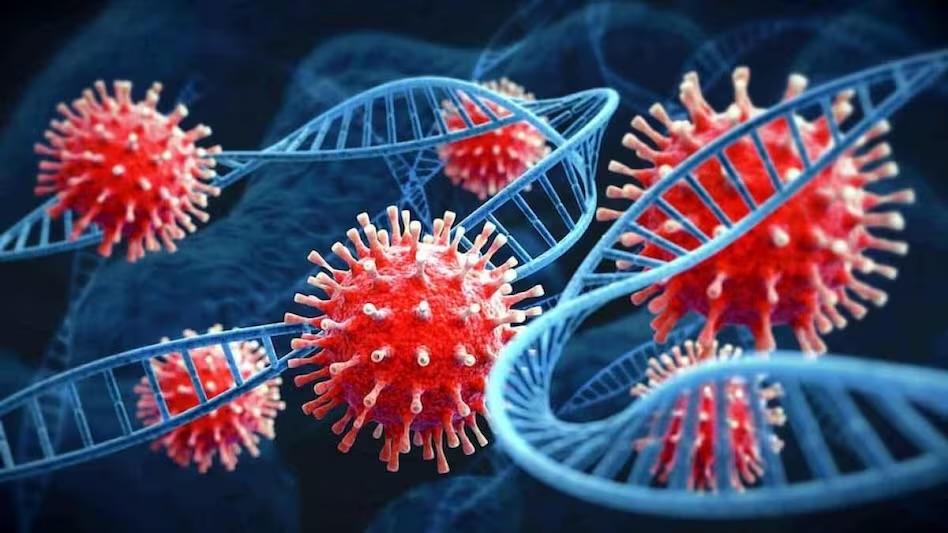
Experts advise daily testing for 3-5 days after symptom onset. Current tests can detect FLiRT strains effectively.
Rapid tests may take longer to show positives with new variants. PCR tests remain the gold standard, with 95-99% accuracy.
Updated Isolation Guidelines for Mild Cases

People with mild symptoms may end isolation after one fever-free day. This change reflects evolving understanding of viral transmission periods.
Previous guidelines recommended 5-10 days of isolation. CDC data shows most transmission occurs in the first 5 days of illness.
Nationwide Trend Shows Summer COVID Increase
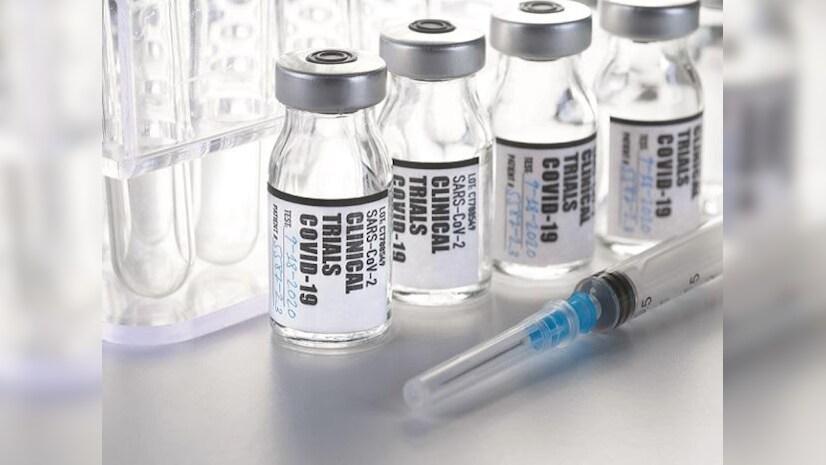
COVID-19 levels are rising across the United States. This summer trend contradicts earlier pandemic patterns.
Factors include new variants, waning immunity, and behavior changes. Previous summers saw lower case counts compared to winter surges.
Mask Recommendations Persist for Positive Cases
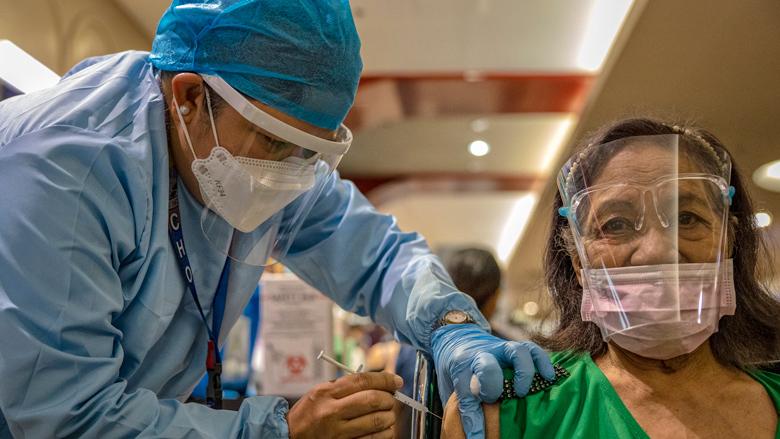
Health officials still advise mask-wearing for COVID-positive individuals. Masks reduce transmission risk to vulnerable populations.
N95 masks offer the highest level of protection. Studies show proper mask use can reduce transmission by up to 80%.
Balancing Public Health and Economic Concerns
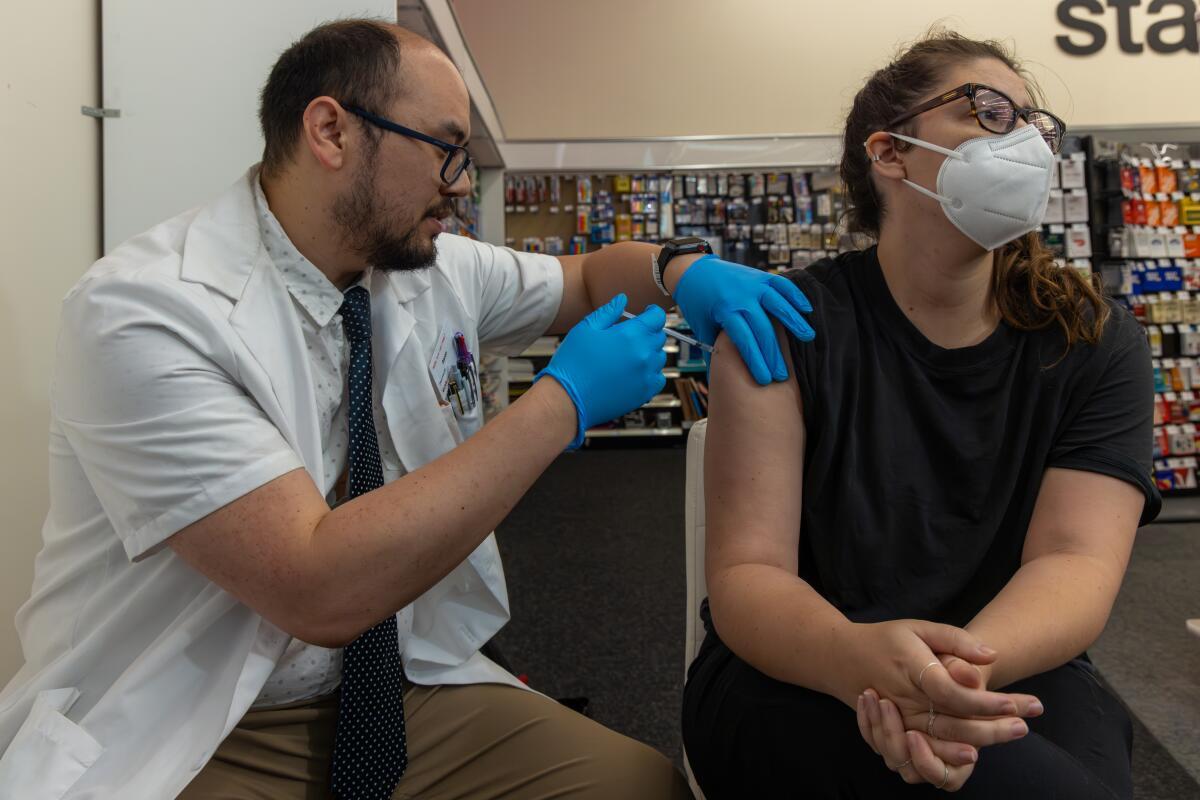
Some areas consider ending vaccine mandates despite rising cases. This reflects a shift towards “living with COVID” policies.
Economic pressures influence public health decisions. Vaccine mandates historically increased vaccination rates by 20-30% in various sectors.
Ongoing Importance of Wastewater Surveillance
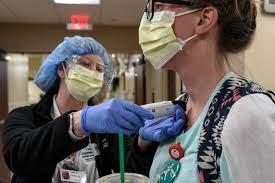
Wastewater testing provides crucial early warning data. This method captures asymptomatic and unreported cases.
The CDC’s National Wastewater Surveillance System covers over 1,000 sites. Wastewater data correlated strongly with clinical case data in past waves.


